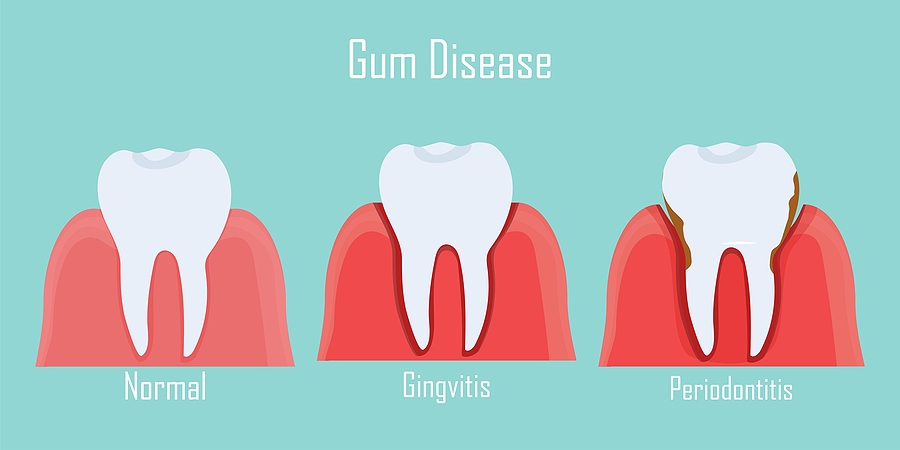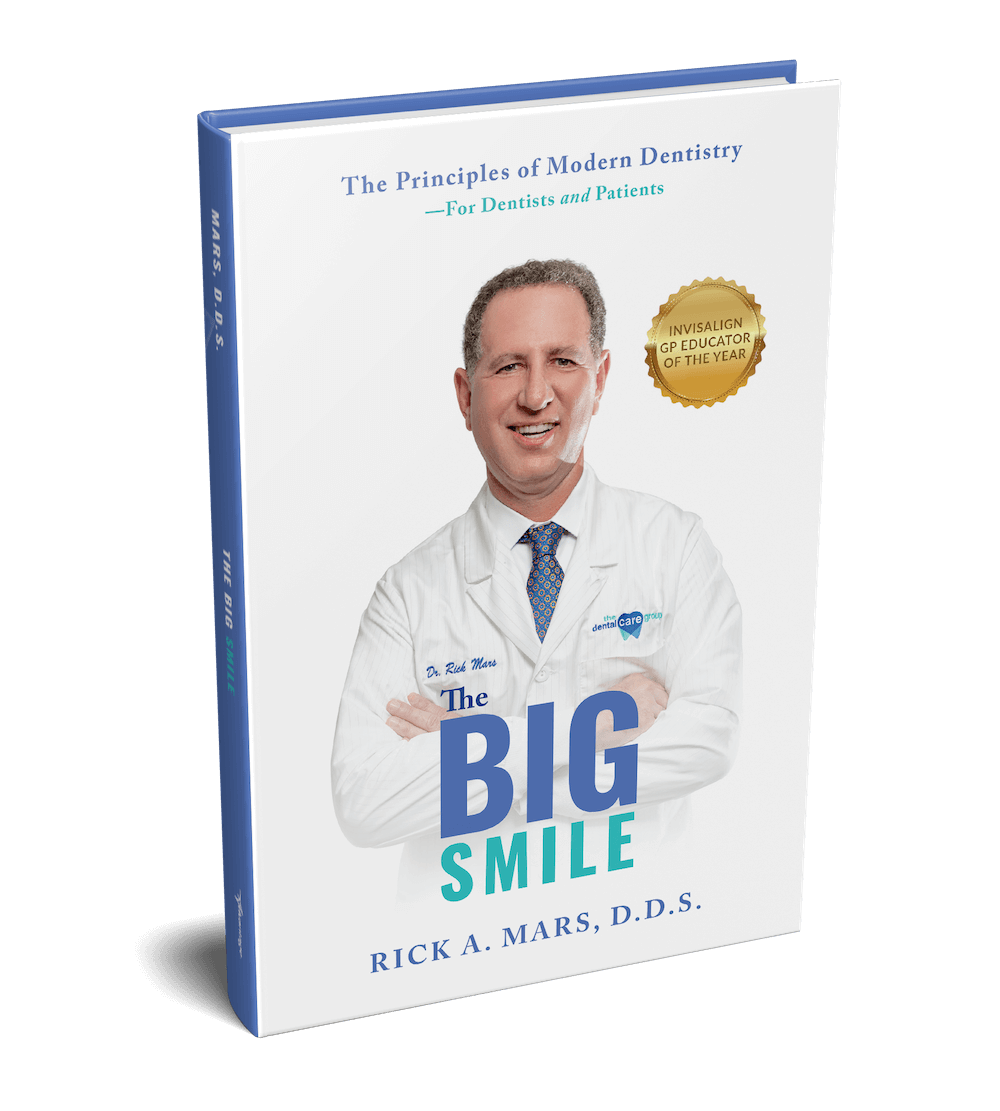Gum disease﹘ it’s a common condition that affects a vast number of people. It goes by many names, including gingivitis, periodontitis, and periodontal disease. The CDC has found that about 50% of American adults are currently living with gum disease. The good news is that most cases of gum disease are preventable. Let’s take a closer look at this condition and how you can prevent it.
A Crash Course in Periodontal Disease
Periodontal disease affects the gums and teeth, causing inflammation, bleeding, and eventually tooth loss. All stages of periodontal disease are caused by a build-up of harmful bacteria around the gum line. Bacteria feed on leftover food particles in the mouth, and without a regular dental hygiene routine these harmful invaders can get out of control.
The earliest stage of gum disease is called gingivitis. At this stage, the gums may appear red or swollen and bleed during brushing or flossing. This inflammation is caused by the body responding to the build-up of bacteria (a bacterial infection) in the mouth.
A more advanced form of the disease is called periodontitis and involves not just the gums, but the supporting bone which anchors your teeth in your mouth. At this stage, the gums may separate from the teeth, allowing bacteria into the bloodstream. This can lead to far more serious health problems, including an increased risk of heart attack, stroke, diabetes, pancreatic cancer and a myriad of other illnesses. In addition, bone damage and tooth loss begin to occur during this stage.
How to Prevent Gum Disease
If left untreated, periodontal disease can become a lifelong condition with a variety of negative effects on your health. But gum disease, especially in the early stages, is both preventable and treatable. Just adhere to the following guidelines:
- Brush your teeth. This may sound obvious, but it’s extremely important to brush your teeth thoroughly twice a day. I recommend brushing for a full two minutes and using fluoride toothpaste.
- Floss daily. While we all know we should floss, many of us don’t do it regularly. Flossing helps remove food debris and bacteria from between your teeth and around your gum line.
- Eat for your teeth. A balanced diet can also help keep your mouth healthy. Avoiding excessive sugary or starchy snacks is a great start. These foods can cling to your teeth, giving bacteria the perfect environment to thrive. Check out this post for more ideas on how you can eat with your oral health in mind.
- See your dentist regularly. Not everyone loves going to the dentist, but regular appointments are crucial to keeping your mouth healthy for a lifetime. It’s recommended that you see your dentist once every six months. Not only will you receive a detailed cleaning at your appointment, your dentist will also be able to catch any signs of periodontal disease before it gets too serious.
With enough attention and care, your teeth and gums can easily stay healthy and disease-free! To learn more about keeping your teeth healthy, pick up a copy of my book, The Big Smile. You can also follow me on social media via Facebook, Twitter, and LinkedIn.




